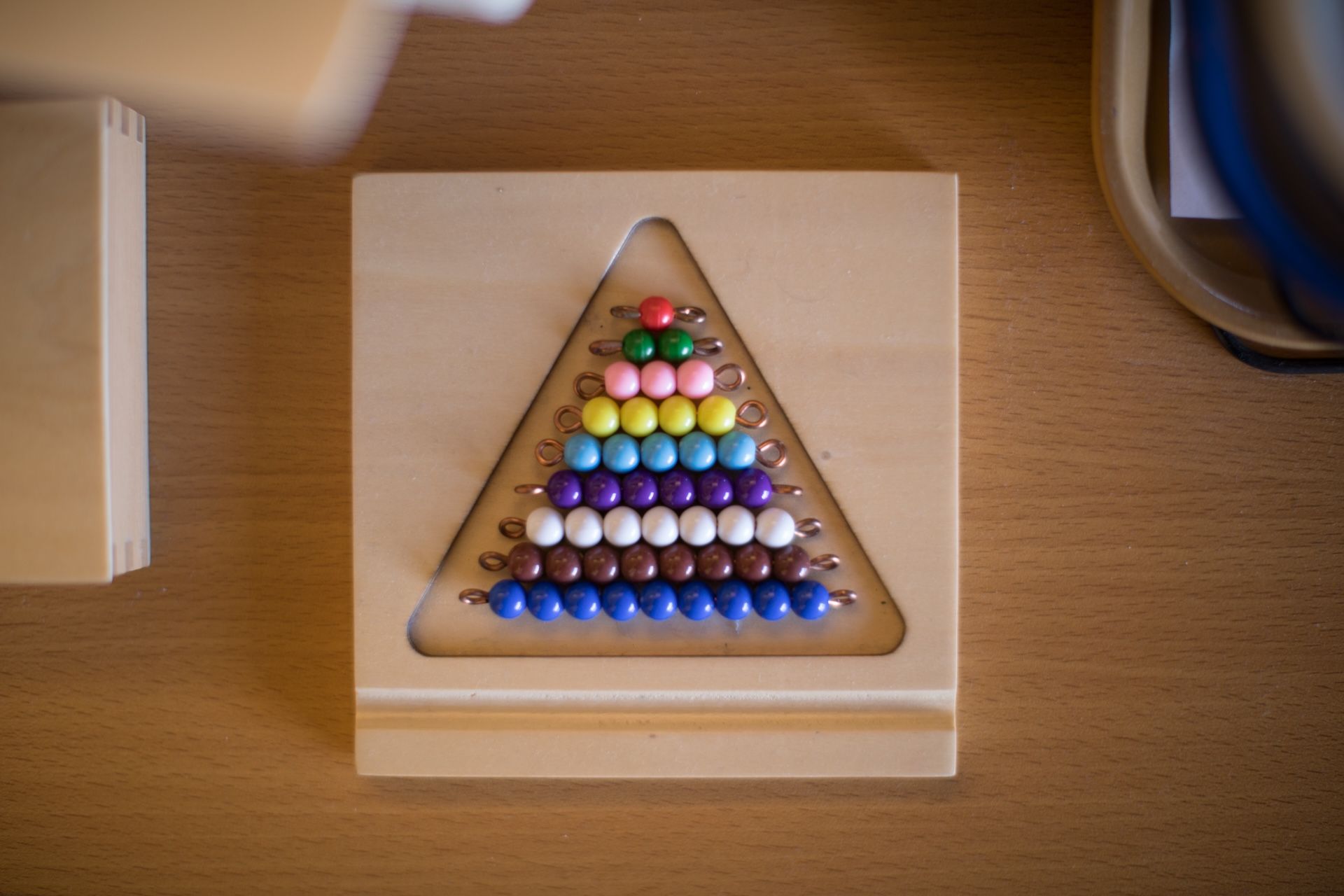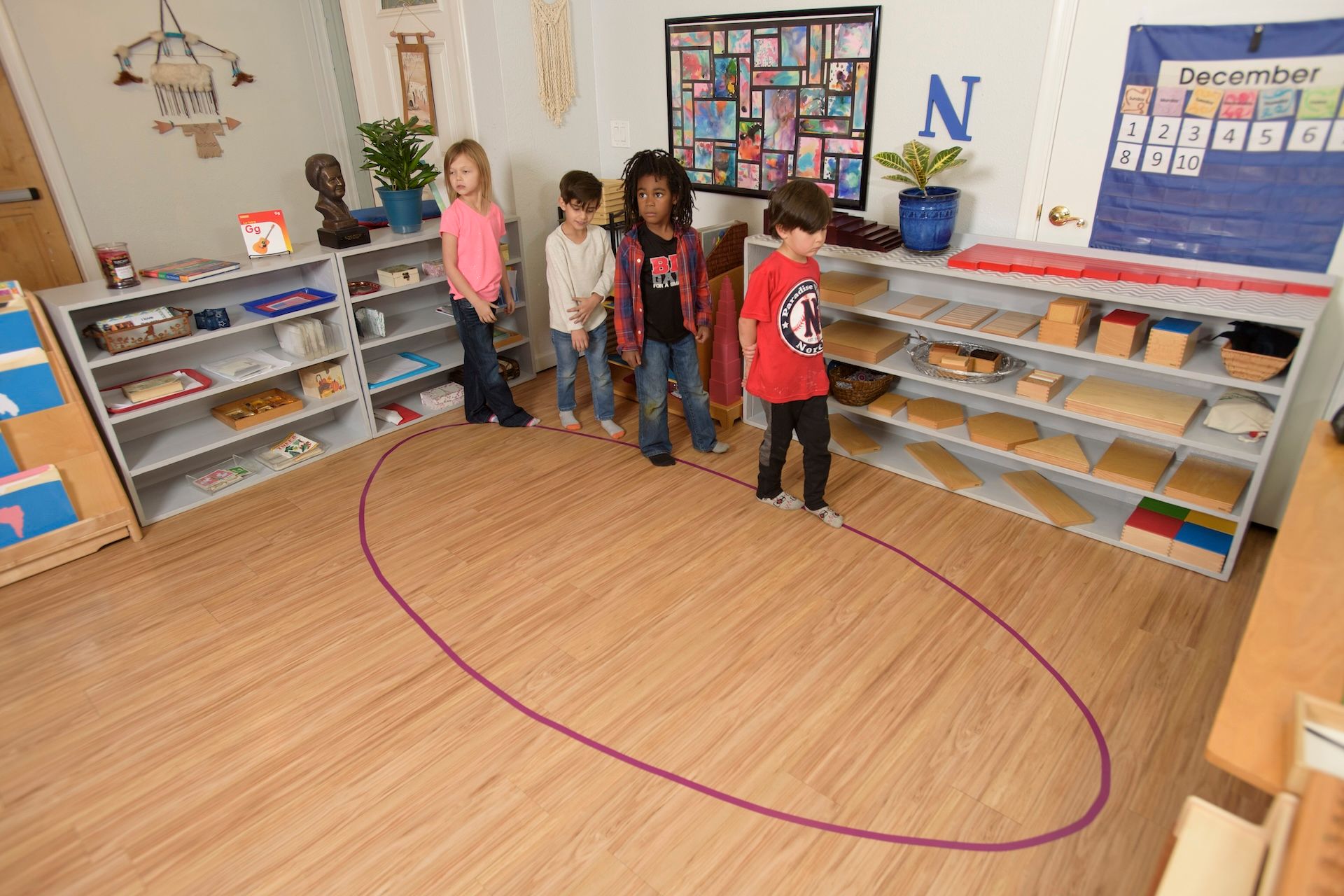In looking at Montessori education, it can be hard to make comparisons to other programs. There’s a wealth of difference between Montessori and traditional education. There are also tons of different ways that lecture-based education is structured which can make it difficult to see the different in other types of schooling. It’s easy to highlight the strengths of Montessori programs on their own. But a lot of parents are more interested in the compelling evidence—what shows us that they produce better outcomes?

Early Studies
Montessori education has been nothing short of a godsend to parents who struggled with traditional education and wanted better options for their kids. In fact, the advent of Montessori changed the way a generation of children were viewed. Dr. Montessori spent many years (and developed most of her educational theory) while working with impoverished children who were deemed unable to learn. She showed the world that, with the right focus and education, any child could perform well.
In the 1960s, the first research into Montessori methods was published. Early results seemed inconclusive. Although there weren’t any significant changes in IQ or classroom achievement for these students, they still excelled in math and reading through middle school. Exposure to the Montessori curriculum had a noteworthy impact on these children. There were also studies in the same timeframe that saw positive effects on intelligence in general and verbal intelligence specifically in children who attended Montessori preschool. The ability to communicate well and to adapt to new ideas appears to be well taught in Montessori class.
Modern Research
Many of these studies faced limitations, however. Diversity—both in classroom makeup and overall structure—make measuring Montessori impacts directly against traditional education quite difficult. But more recent research has endeavored to get truer measurements on the benefits. One sizeable study out of Wisconsin, published in 2006, did exactly that. In a randomized trial where school enrollment was determined by lottery, the outcomes for children in Montessori school were noticeably better. They had higher scores on standardized tests and had better executive control.
The Social Factor
Socially, they were also different. Students who had participated in Montessori classes had a stronger sense of fairness and justice than those in other programs, even academically advanced ones. The Wisconsin study showed that more positive interactions on the playground happened with kids in the Montessori classes. Compassion seems to be built into the curriculum—kids in Montessori programs learn how to interact with each other and are usually treated with a certain level of respect and autonomy. Instructors are more likely to approach problems with empathetic resolutions. These help kids express themselves in a clear way and often leads to better long-term outcomes around friendships and collaborating well with others.
The individualized education plan in Montessori education has a serious positive impact on development. Children respond better to a curriculum that adjusts to their strengths and weaknesses. The teaching materials are also designed in a way that caters to children’s understanding of the world. This makes it easier for kids to grasp different concepts and to connect interrelated ideas. Montessori education has been proven effective in improving math and reading scores in standardized testing environments. It also provides a highly enriching social atmosphere for children to grow and learn in. The effectiveness of our teaching style has been proven out in research—why not see it in action?
The post How Effective is Montessori Education? appeared first on Pebblecreek Montessori.
Hours
MONDAY - FRIDAY
HALF DAY: 8:30a – 12 noon
ACADEMIC DAY: 8:30a – 3:30p
EARLY CARE: 7:00a – 8:30a
AFTER CARE: 3:30p – 6:00p
OFFICE: 8:00a - 4:00p
Programs
Connect
Pebblecreek Montessori




